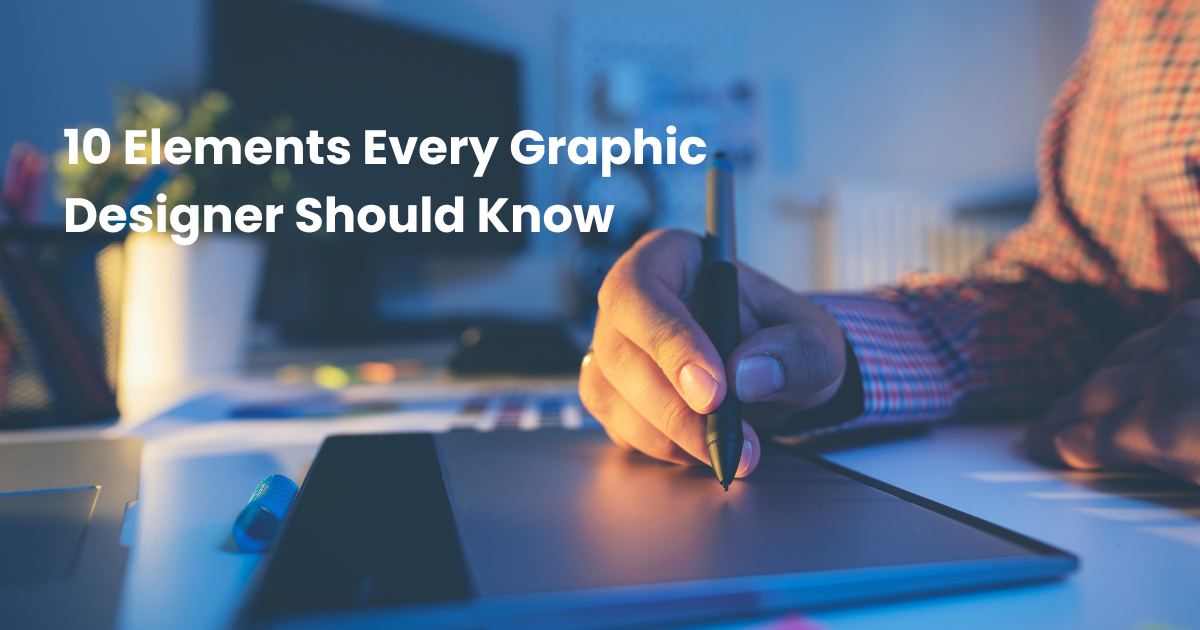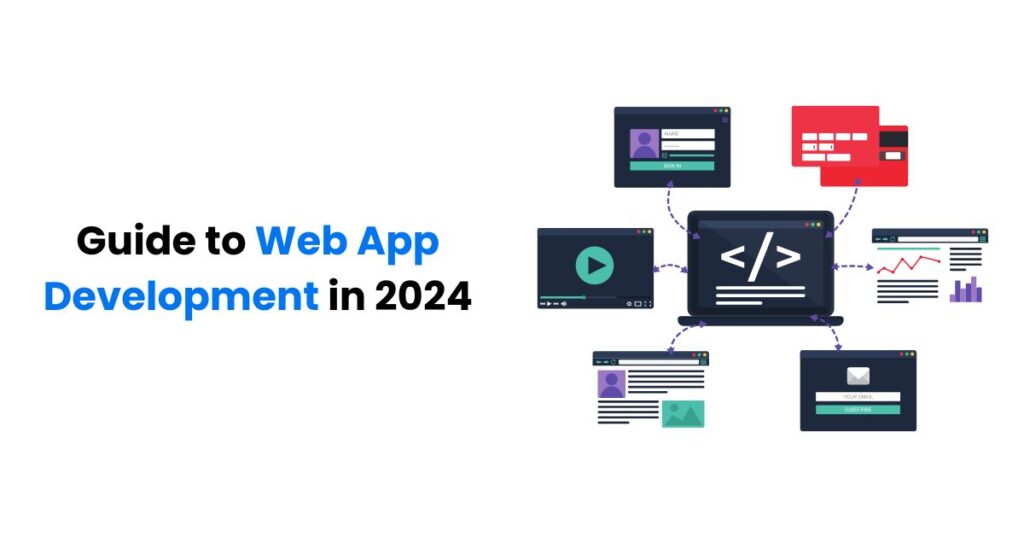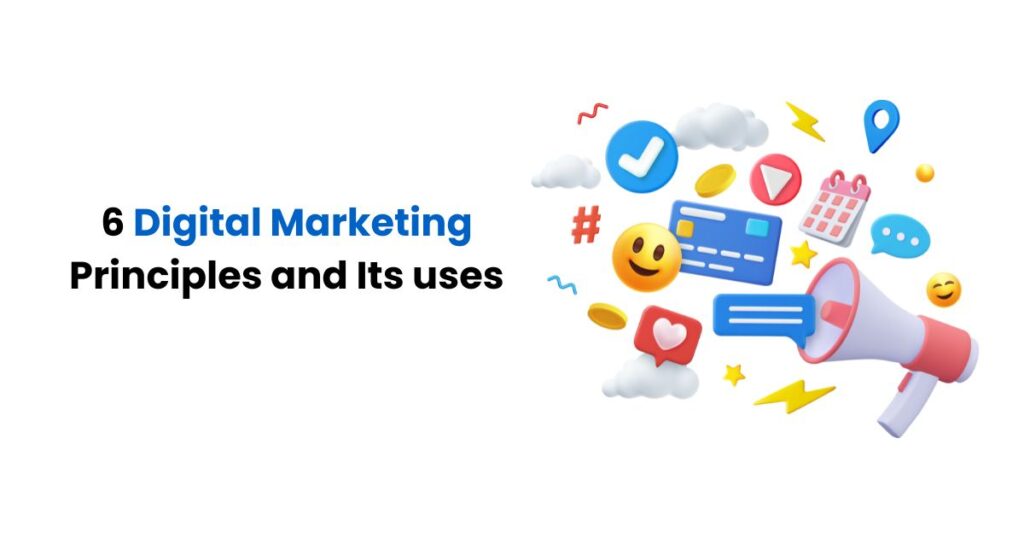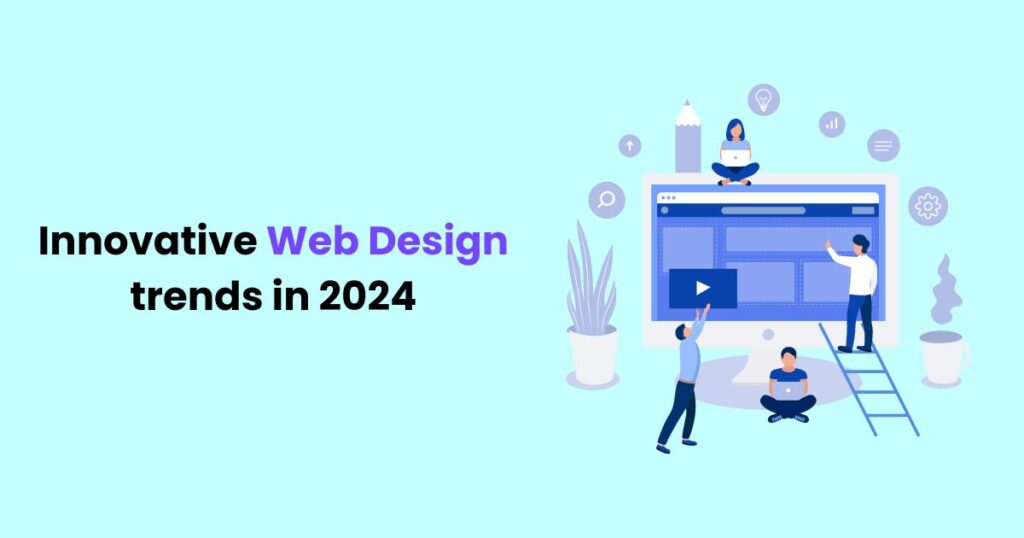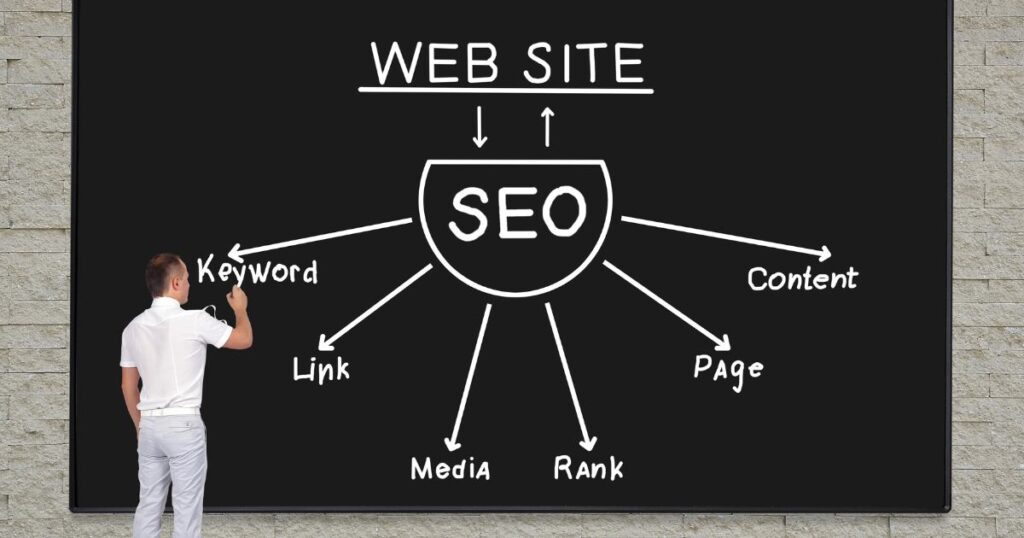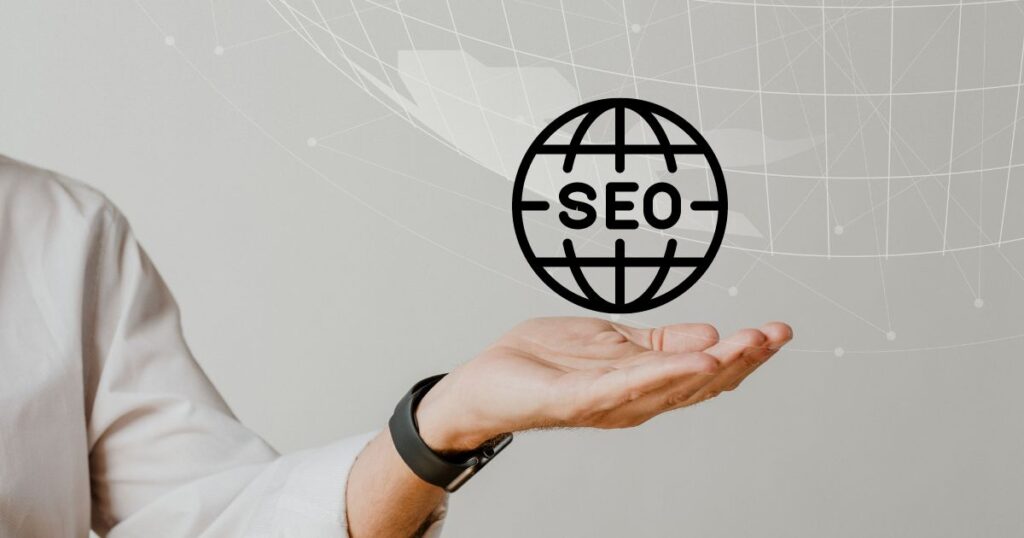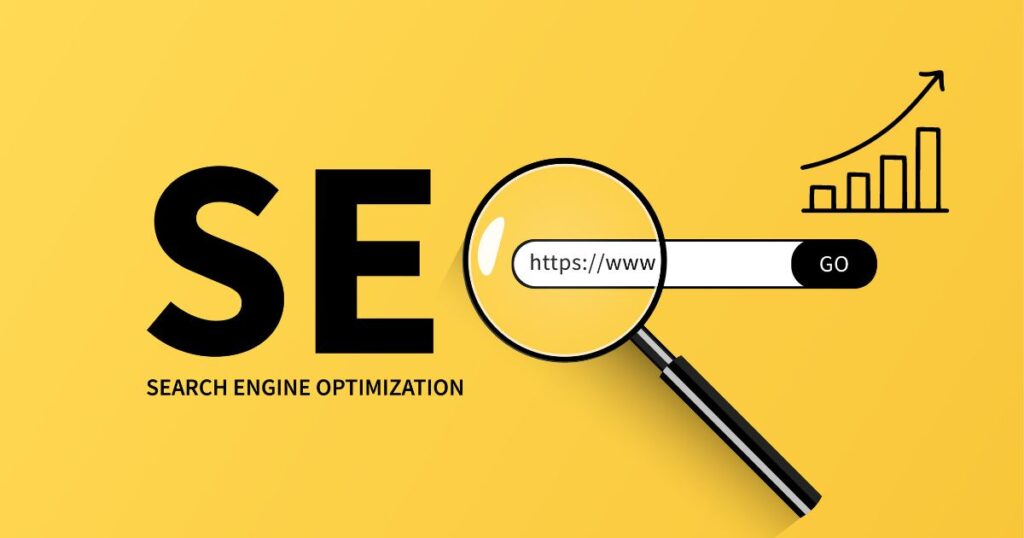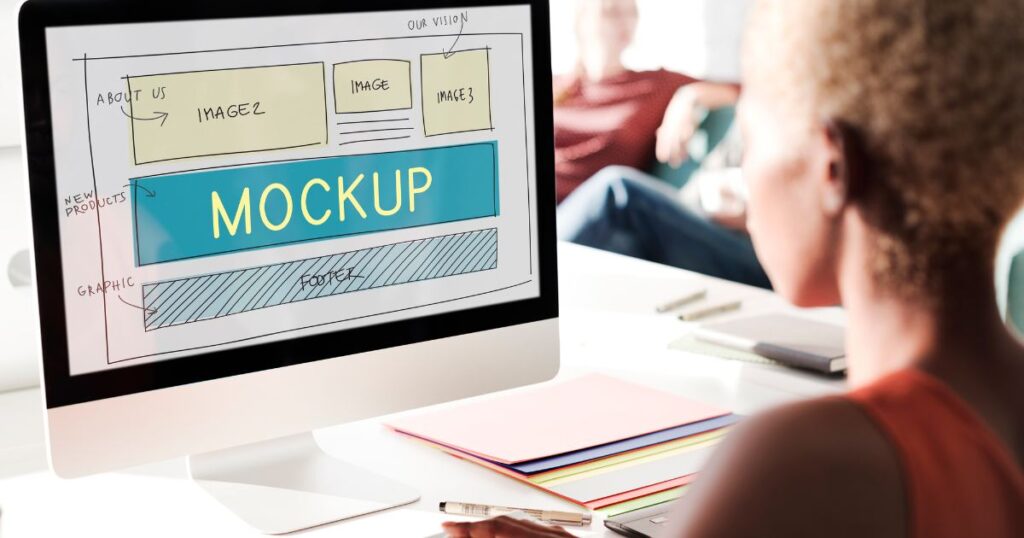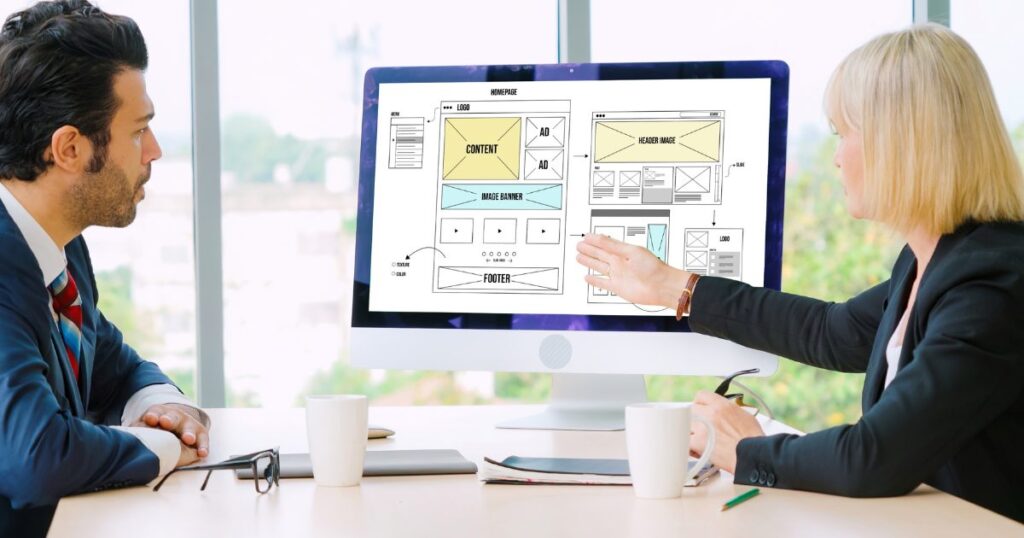Graphic design is an important part of any visual communication project. It is the art of creating visually appealing and useful designs by using a combination of typography, colors, images, and other elements.
To produce designs that effectively convey the intended message to the audience, logo design Dubai-based services employ a variety of approaches. The ten fundamental graphic design concepts that all designers should be aware of are covered in this article.
Understanding Graphic Design Services
Graphic design services include various essential aspects for effective visual communication. Whether it’s a logo design, website, or marketing material, understanding the basic elements is important
Why is it important to learn the fundamentals of graphic design?
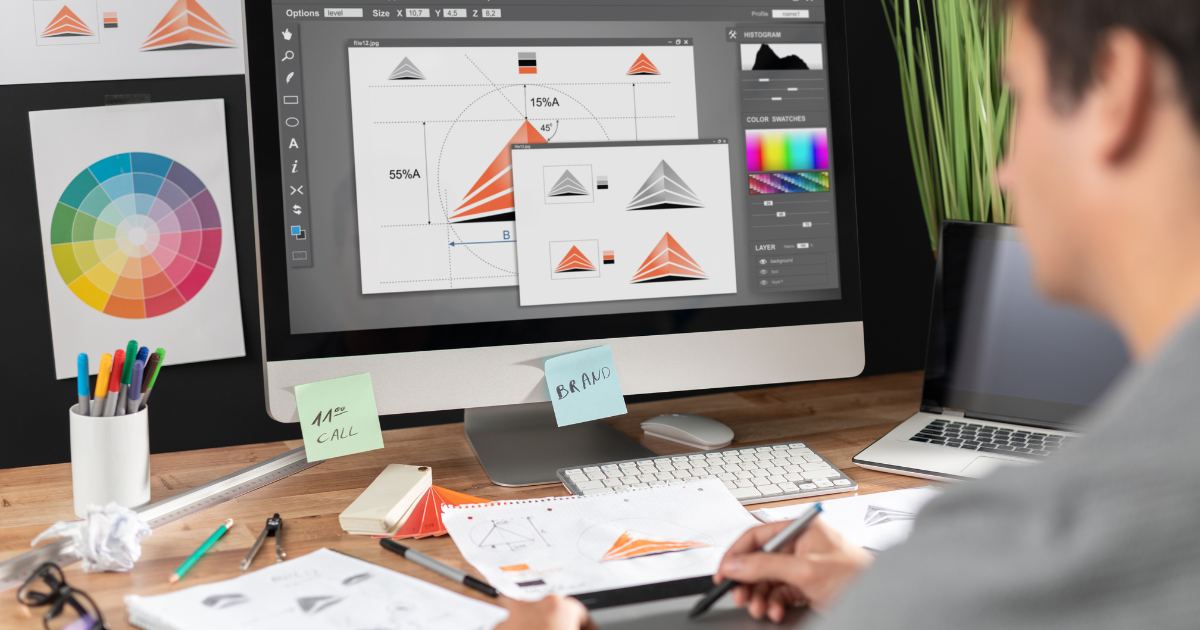
Communication
Graphic design is a powerful tool that helps with effective communication. Understanding the components of a design helps designers effectively convey messages, ideas, and concepts to their intended audience. Color, typography, and layout can all be used by logo design Dubai, UK, or USA-based companies to enhance readability, elicit emotions, and ensure that the intended message is understood.
Visual Appeal
The eye-catching design creates a powerful first impression. Graphic design services with skill may create visually captivating compositions that grab and hold viewers’ attention. Graphic design company in Dubai make sure color, layout, and images can be carefully chosen to create an effective and memorable user experience.
Identity and branding
A graphic design company in Dubai plays a vital role in the creation and maintenance of a brand’s identity. With the right use of elements like color, font, and imagery, designers can create visual representations that accurately convey a brand’s values, character, and target market. Consistency in design elements strengthens brand identity and increases brand recognition.
It takes a strong grasp of graphic design concepts to produce visually stunning, useful, and captivating forms. It helps graphic design services to communicate ideas, develop a brand identity, and create engaging user experiences.
10 Essential Elements of Good Graphic Design
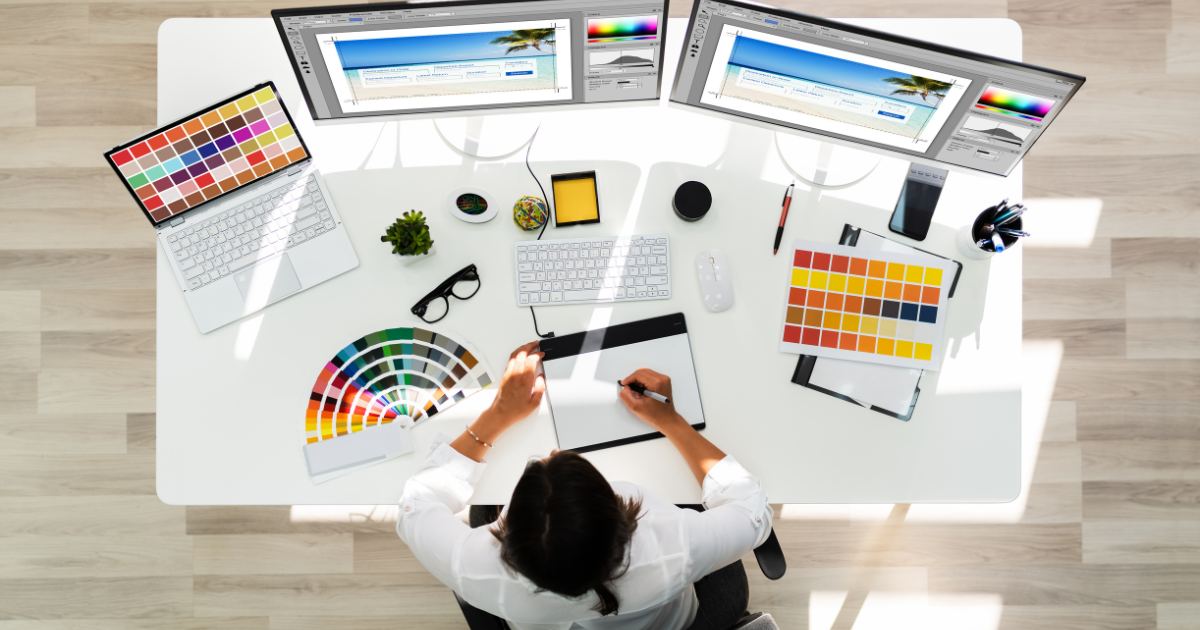
We’ll take you on a brief tour of the 10 essential and fundamental components that every graphic designer should know in the information that follows. These are eye-opening, so read the article below to learn more about them.
Balance
One of the most important graphic design ideas is balance. The way visual components are arranged in a design provides a sense of balance and firmness. Balance comes in three flavors: symmetrical, asymmetrical, and radial.
Placing visual components evenly on both sides of a central axis results in a symmetrical balance. Asymmetrical balance is produced by arranging visual components unevenly to evoke tension and movement. Visual components surround a focal point to create radial equilibrium.
Color
The way the human eye and brain interact with light creates the visual perception of color. One of these qualities is the capacity of surfaces and objects to reflect or emit light at various wavelengths. The wide variety of colors that the human eye can perceive can be arranged using a color wheel composed of primary, secondary, and tertiary colors.
Color is vital in graphic design because it has so many applications in visual communication. One of the first elements to grab attention and distinguish a design is color. A graphic design company in Dubai uses bright, contrasting colors allowing designers to stand out and attract attention to their work in the competitive market.
Typography
The art of ordering and structuring words so that they are both visually beautiful and readable is known as typography. The selection, arrangement, and usage of typefaces (fonts), sizes, spacing, and other typographic elements are necessary to effectively communicate written information.
Typography is a powerful instrument for conveying ideas. It facilitates the communication of the personality, tone, and feel of the message. Typography has the power to elevate a message by eliciting strong emotions from the reader, forging a visual identity, and generating feelings.
Composition
The arrangement and classification of visual elements inside a piece of design is referred to as composition in graphic design. Careful consideration must be given to the placement, spacing, and connections between components to create a visually pleasing and useful composition.
The composition aims to guide the viewer’s attention, establish visual harmony and order, and communicate the intended message or story of the design.
Balance and visual weight: One of the most important aspects of composition is the distribution of visual elements, which is necessary to achieve a sense of equilibrium in a design.
Space
In graphic design, “space” refers to the spaces that elements take up and leave unfilled in a composition. It can be categorized into two main areas: positive space, which is made up of design elements, and negative space, which is whitespace or space.
The space that encircles and separates the shapes, pictures, writing, and other visual components that are part of positive space is known as negative space. It takes both positive and negative space to create a harmonic, well-balanced design.
In a design, space can be successfully utilized to create a visual hierarchy. Designers may adjust the pieces’ spacing and placement to focus the viewer’s attention and provide a distinct hierarchy of information.
Alignment
The idea behind alignment is to arrange the visual components of a design to produce a sense of coherence and organization. Placing items on a grid or each other is how it is accomplished. Alignment done correctly contributes to a polished and professional appearance.
Contrast
The fundamental idea of graphic design known as contrast is the production of differences or juxtapositions between objects. It is essential for grabbing the attention of viewers, creating curiosity about the images, and effectively communicating ideas.
Contrast helps direct the viewer’s attention throughout a design, emphasize important information, and establish a hierarchy. Designs with little contrast risk seeming lifeless, monotonous, and uninspired.
By effectively utilizing contrast, designers can enhance the readability, clarity, and overall visual attractiveness of their designs. Logo design Dubai-based companies should make sure to keep the contrast element in mind for logo design.
Lines
Because they may be utilized to construct a wide range of structural and visual elements, lines are essential in graphic design. They are used to define forms, establish limits, create connections, and guide the viewer’s attention inside a design. With the proper lines, designers may evoke different feelings and convey a range of ideas. They can be diagonal, vertical, horizontal, or curved in addition to straight lines.
A line’s orientation, thickness, length, and style can convey movement, energy, elegance, or stability.
Texture
In graphic design, texture refers to an object’s or surface’s visual or tactile qualities. By incorporating textures into their designs, designers can give flat, digital media a sense of dimension, tactility, and depth. Backgrounds, pictures, typography, and other design elements can all benefit from the use of textures. They can be created with real materials or digitally.
The texture illusion created by visual elements, including patterns or computer effects, without any actual physical texture, is referred to as “visual texture.” On the other hand, physical texture is created by applying real materials to the surface, like fabric, paper, or other coatings. Textures, both visual and tactile, can enhance the visual attractiveness of a design.
Images
Graphic design requires photographs, especially relevant photos and illustrations. They have the power to graphically convey ideas and improve an artwork’s overall storyline. Designers may bring concepts to life, enthrall audiences, and create a memorable visual experience by selecting and arranging relevant photos and illustrations.
Images provide visual interest, color, and dimension to a design, making it stand out from the competition. By using them to break up text-heavy materials, the design will become more aesthetically pleasing and functional. Images can assist in communicating ideas in a visually engaging way by efficiently and rapidly expressing complicated facts or concepts. A graphic design company in Dubai should use images to showcase its products and services to grab the audience’s attention
Conclusion
Mastering the essential elements of graphic design is important for every graphic design service and is paramount for success in the industry. Recognizing these fundamental principles of graphic design will help designers in producing efficient and aesthetically pleasing designs.
Through the strategic use of color and contrast, element alignment and proximity, and visual element balance by logo design Dubai-based company, designers can produce designs that successfully convey their intended message to the target audience.

